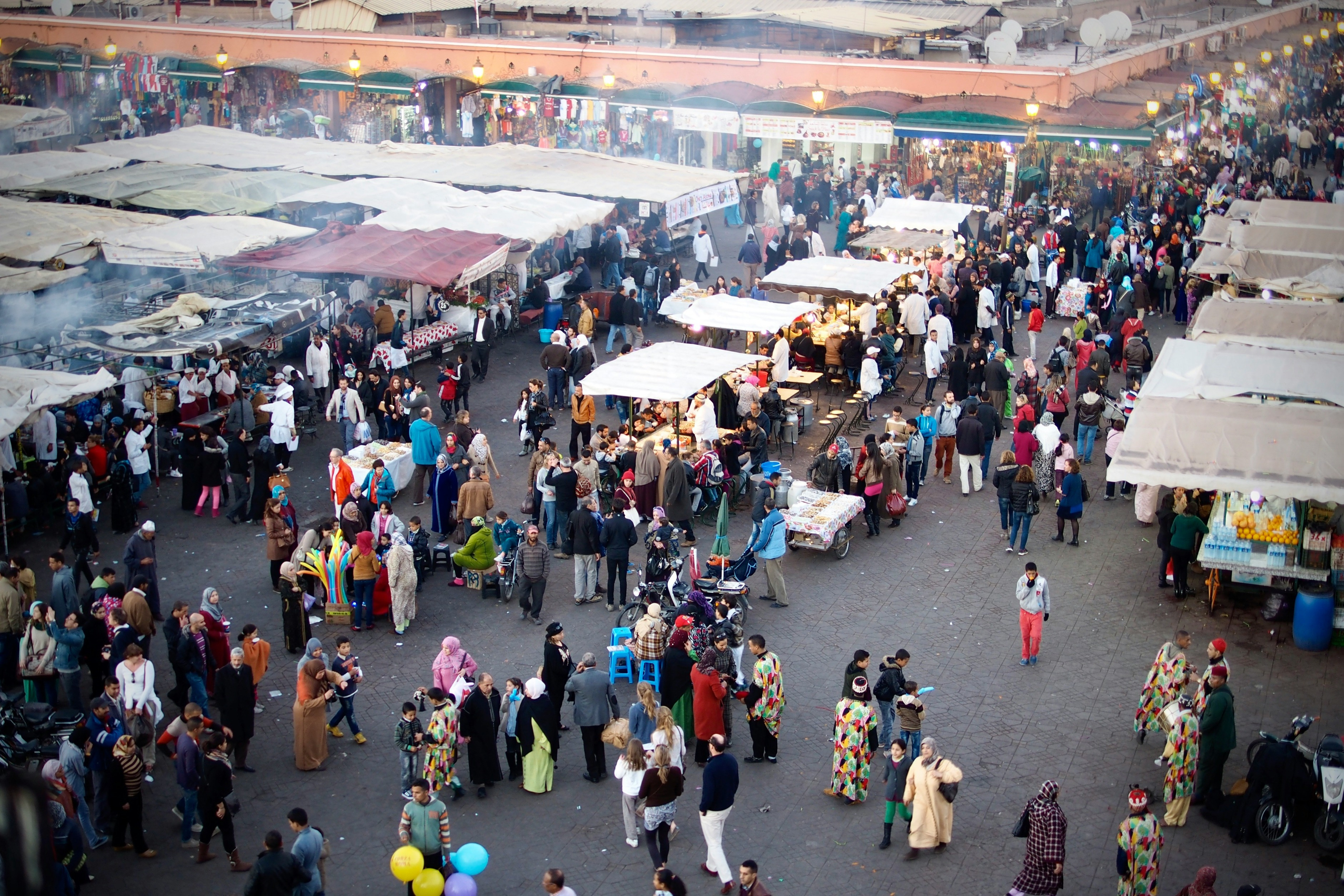
Marrakesh (Source: Kazuo Ota_unsplash.com)
The Evolution of Placemaking
The concept of placemaking is not new—it has deep roots in urban history and human-centered design. Ancient civilizations, from the agora of Athens to the bustling marketplaces of the Middle East, instinctively created gathering spaces where people could interact, trade, and form communities. However, the modern articulation of placemaking emerged in the 1960s and 1970s as urbanists like Jane Jacobs and William H. Whyte pushed back against the sterile, car-centric urban planning of the time. Jacobs, in particular, championed the idea that cities should be designed for people, not just vehicles or economic efficiency.
Since then, placemaking has evolved into a multidimensional approach that integrates urban planning, architecture, landscape design, and community engagement. Today, it is at the heart of sustainable city-building efforts worldwide, aiming to create vibrant, inclusive, and resilient public spaces.
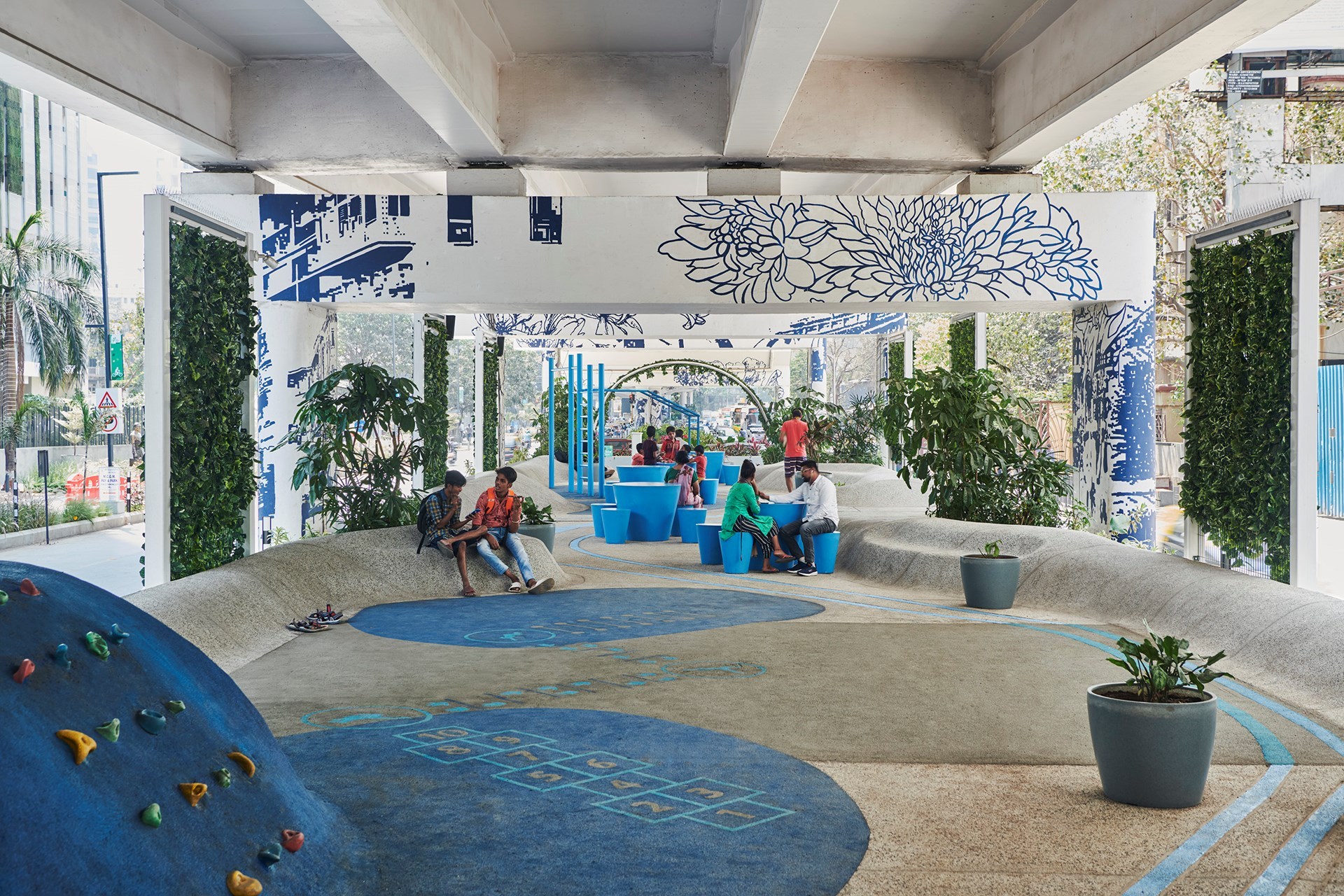
One Green Mile - Mumbai, India (Source: mvrdv.com)
What is Placemaking (and What It Is Not)?
Placemaking is the art and science of creating meaningful, engaging, and functional spaces where people naturally want to gather. It goes beyond just designing parks or plazas—it’s about fostering connection, culture, and a sense of belonging.
Placemaking is not simply adding street furniture or public art to an uninspired space and calling it a day. Nor is it a top-down process where designers dictate how a space should be used without input from the community. Instead, placemaking is a collaborative, iterative process that involves listening to the needs of local residents, understanding the cultural and environmental context, and crafting spaces that truly serve their users.
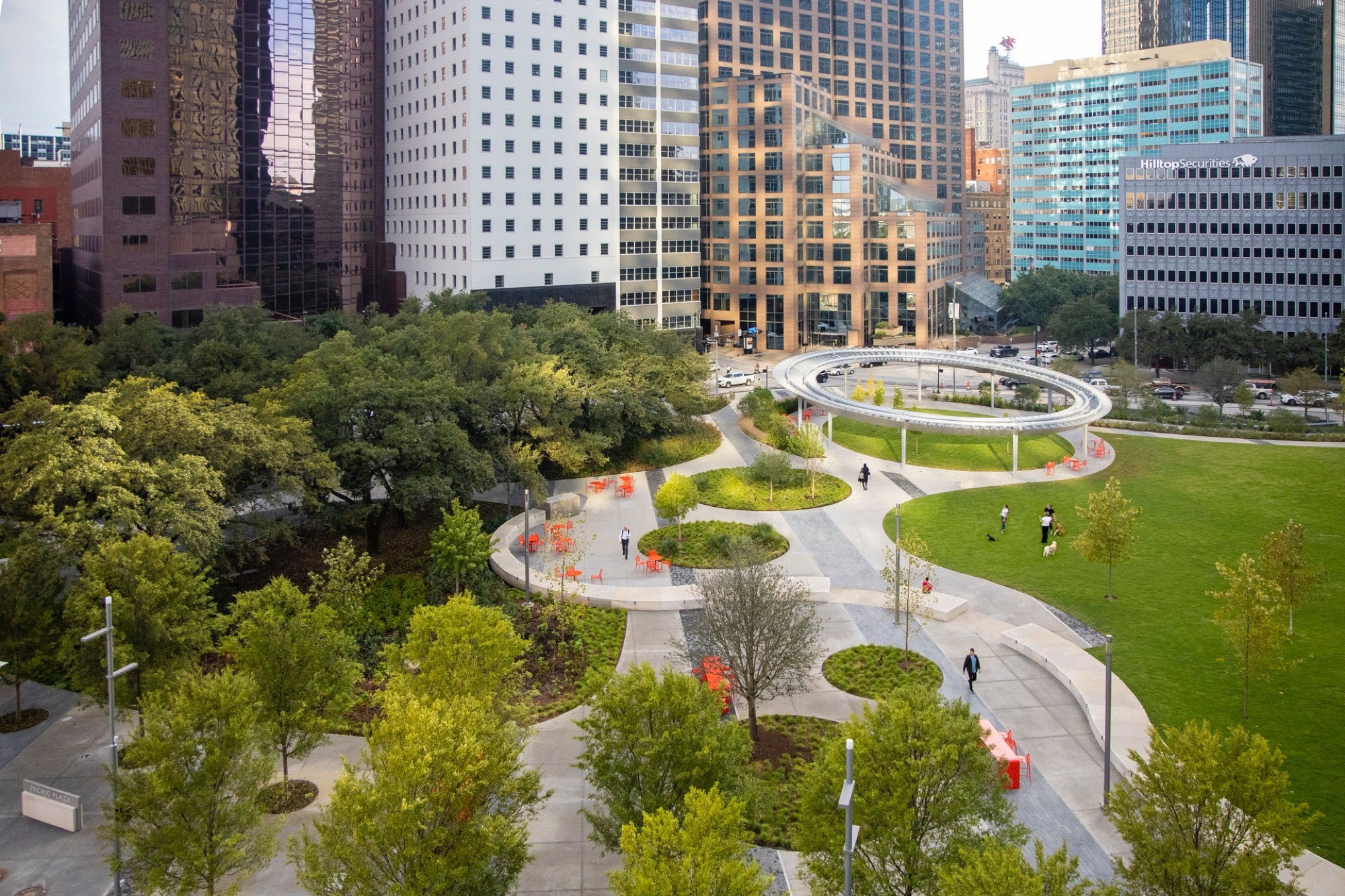
Pacific Plaza - Dallas, Texas (Source: Bill Tatham_landezine.com)
Key Principles of Placemaking
A great place doesn’t just happen—it is thoughtfully designed and nurtured. The following principles are central to successful placemaking:
- People-Centered Design – Spaces should cater to the needs of the people who use them, encouraging social interaction and inclusivity.
- Sociability – The best places foster relationships, whether through seating arrangements, public events, or shared activities.
- Accessibility and Connectivity – A well-connected space invites movement, integrates with its surroundings, and is accessible to all.
- Diverse Uses and Activities – A vibrant place offers a mix of uses, from recreation and commerce to culture and relaxation.
- Safety and Comfort – Good lighting, well-maintained paths, and a welcoming atmosphere make people feel safe and encourage use.
- Environmental and Social Sustainability – Places should be designed with ecological and cultural longevity in mind, incorporating green infrastructure and community ownership.
- Flexibility and Adaptability – A great place can evolve over time, adapting to new needs and trends.
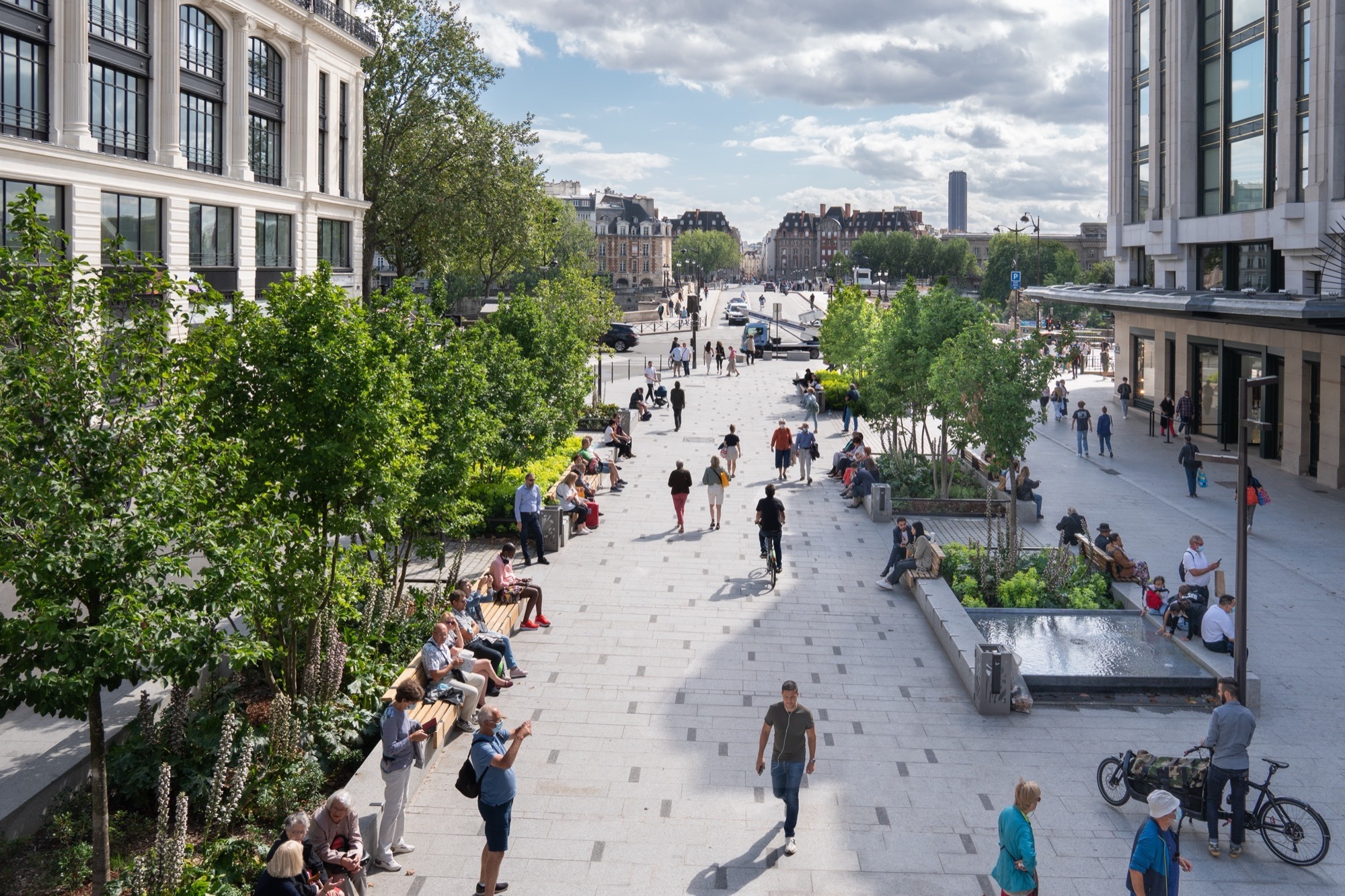
Pont Neuf and La Samaritaine Place - Paris (Source: Karolina Samborska_landezine.com)
What Makes a Great Place?
A truly successful place is more than just a space—it’s a destination. A great place feels alive, with a mix of people, activities, and energy. It’s comfortable, functional, and loved by those who use it. A few characteristics stand out:
- A strong identity and sense of place – The space reflects local culture and heritage.
- Human scale – Spaces feel intimate rather than overwhelming.
- Engagement and interaction – People feel welcome to stay, sit, and connect.
- A mix of uses and users – The space serves people of different ages, backgrounds, and interests.
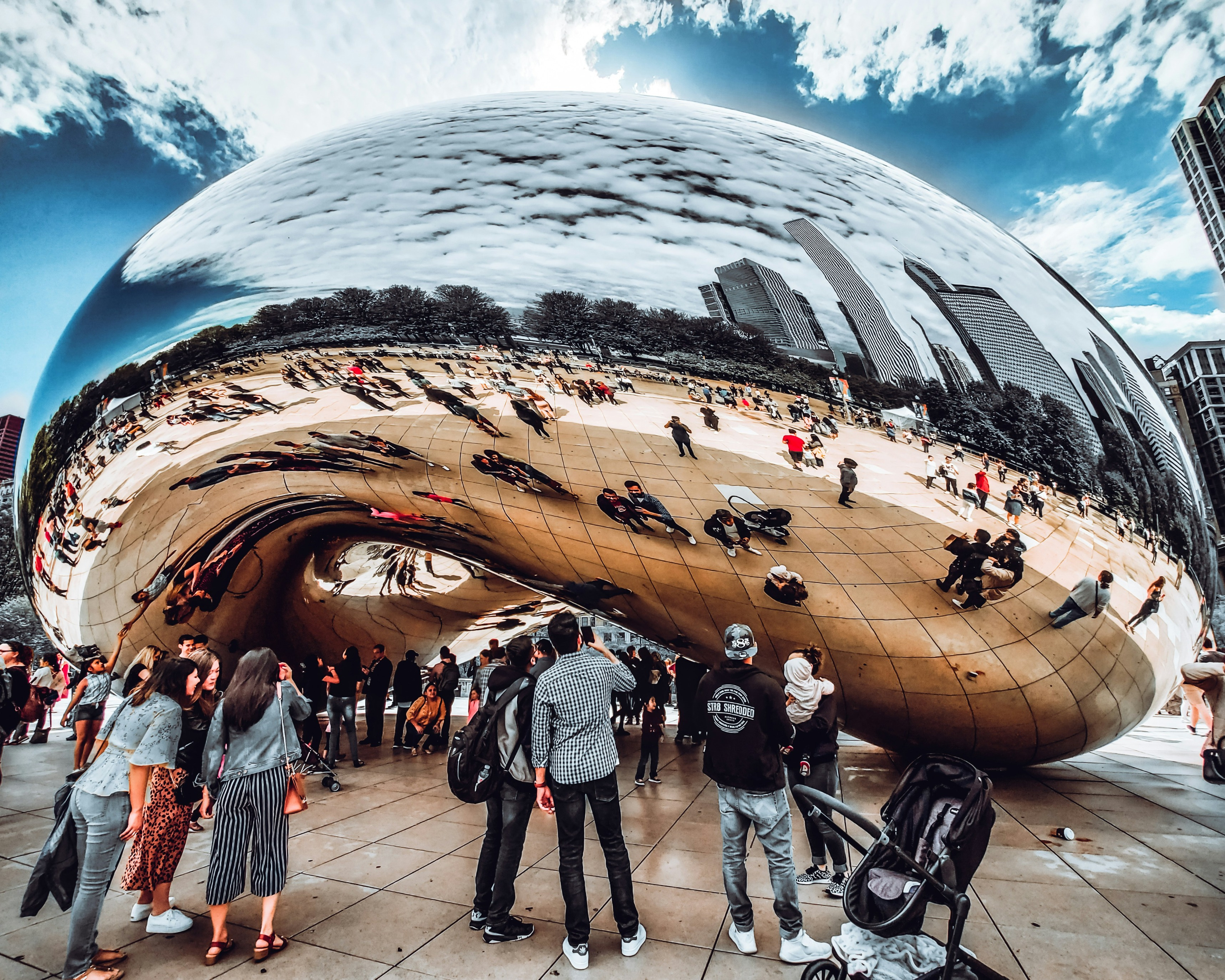
Cloud Gate - Chicago (Source: Ravi Patel_unsplash.com)
What Makes a Great Public Space?
Great public spaces share common traits: they are inclusive, engaging, and active. Some key elements include:
- Walkability and accessibility – Pedestrian-friendly design that encourages exploration.
- Quality infrastructure – Thoughtful use of benches, shade, lighting, and public amenities.
- Local character – Public art, cultural references, and unique design features that resonate with the community.
- Programming and events – Markets, performances, festivals, and activities that keep the space vibrant year-round.
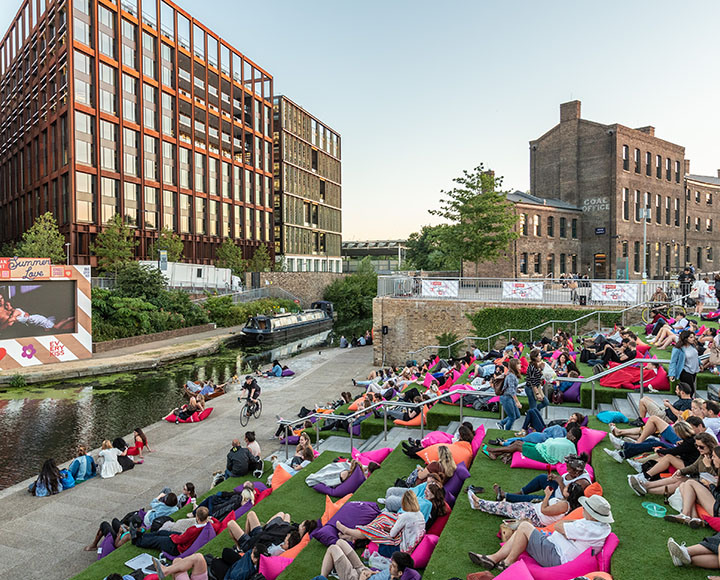
Kings Cross - London (Source: townshendla.com)
What if We Built Our Cities Around Places?
Imagine if our cities were designed around places rather than infrastructure. Instead of prioritizing roads and traffic flow, we could focus on vibrant squares, parks, and gathering spaces that enhance quality of life. Cities like Copenhagen, Melbourne, and Bogotá have reoriented their urban planning to favor people-centric environments, proving that prioritizing places over cars leads to healthier, more connected communities.
Guidelines for Developing Great Public Spaces
- Start with the Community – Engage local residents in design discussions and decision-making.
- Observe and Learn – Study how people currently use spaces and identify potential enhancements.
- Experiment and Iterate – Test temporary interventions (pop-up markets, pilot programs) before making permanent changes.
- Create Multi-Use Spaces – Encourage a variety of functions, from leisure to commerce.
- Embrace Green Spaces – Integrate nature into urban environments to improve air quality, biodiversity, and aesthetics.
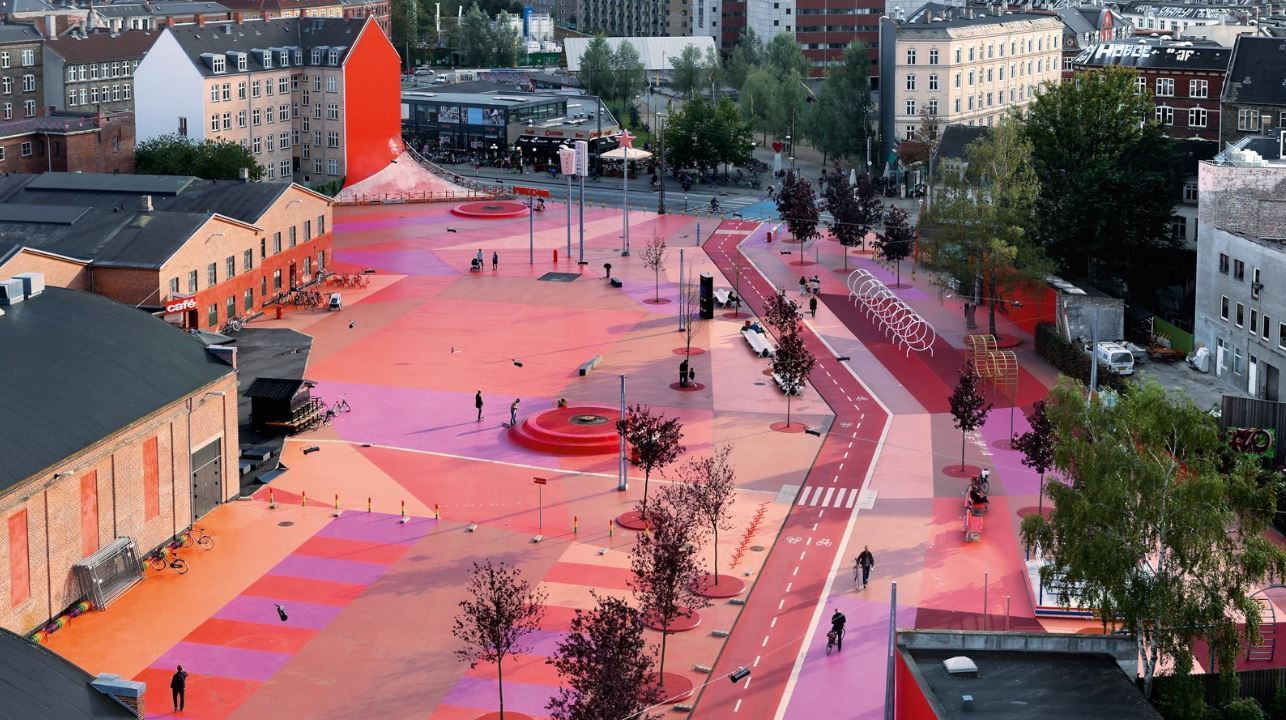
Superkilen Park, Copenhagen (Source: geblertooth.co.uk)
How Can Places Influence Projects?
Rather than treating placemaking as an afterthought, it should guide development from the start. Every project—whether a residential complex, a shopping district, or an office tower—should be designed with the surrounding community in mind. This means integrating public plazas, green spaces, and pedestrian pathways into new developments, ensuring that the project contributes positively to the urban fabric.
Examples of Great Placemaking
- Bryant Park, New York City – Once a neglected space, Bryant Park was transformed into a bustling public destination with flexible seating, seasonal events, and lush greenery.
- Superblocks, Barcelona – A bold initiative to reclaim streets from cars and turn them into pedestrian-friendly hubs.
- Piazza del Campo, Siena – A historic square that remains a vibrant center for social life.
- Danish Harbor Baths, Copenhagen – A waterfront transformation that encourages urban swimming and social interaction.

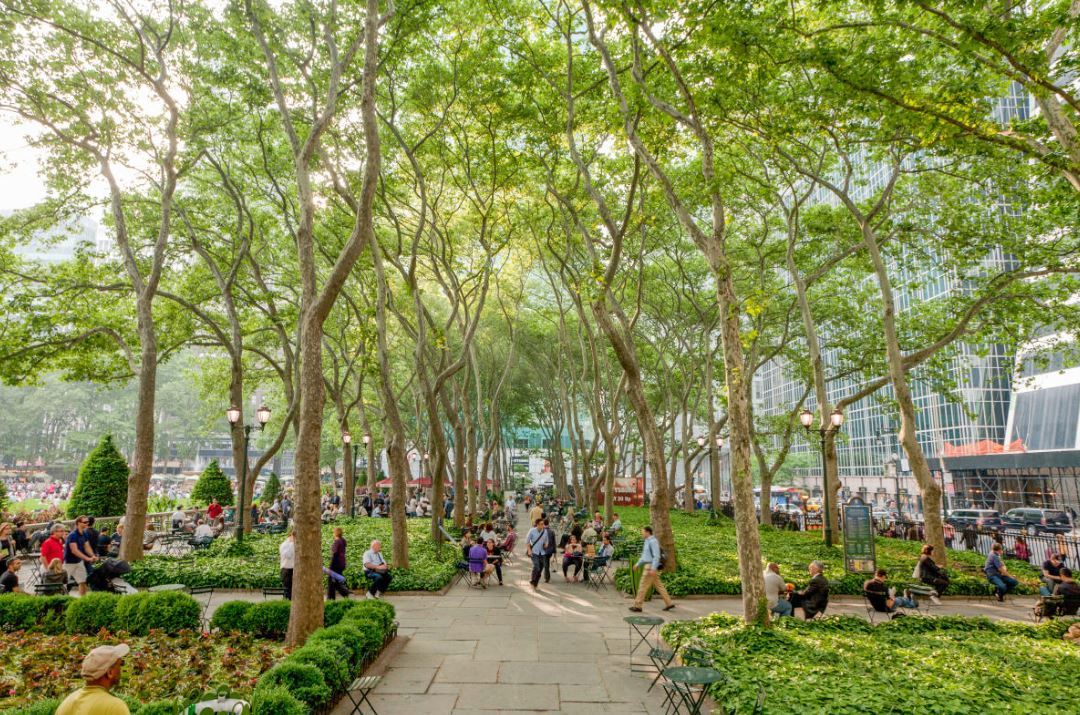
Bryant Park, NYC (Source:)

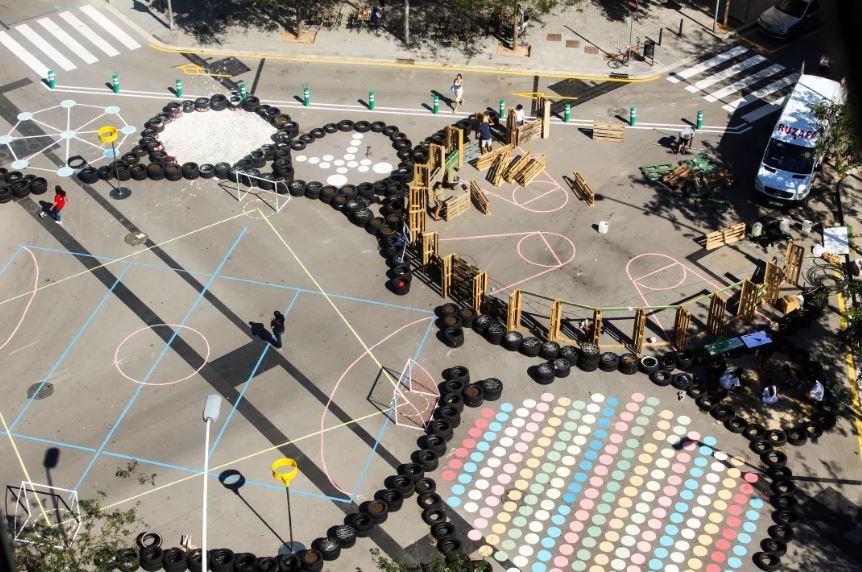
Superblocks - Barcelona (Source: Anna Beltri_citiesforum.org & vox.com)
Turning Principles into Action
Placemaking isn’t just theory—it’s an ongoing practice that requires action, investment, and creativity. Cities and developers must be willing to reimagine how spaces are used, break away from conventional planning models, and truly engage with the people who live there.
By prioritizing places, we can transform cities into dynamic, inclusive, and resilient environments where people want to live, work, and thrive. The future of urban development isn’t just about buildings—it’s about creating places that bring people together, inspire community, and stand the test of time.
Benefits
Research indicates that creative placemaking significantly enhances public spaces, fostering increased engagement, personal connection, safety, and economic growth.
Increased Engagement in Public Spaces
A study highlighted that individuals are 50% more likely to spend time in areas enriched with creative placemaking initiatives. These enhancements not only draw people in but also encourage them to linger and engage more deeply with their surroundings.
Creative placemaking fosters a stronger Enhanced Personal Connection to Built Environmentsbond between individuals and their environments. The same study noted that such interventions boost personal connections to built spaces, leading to feelings of relaxation and emotional stimulation. This deeper connection often results in increased community pride and ownership.
Improved Sense of Safety
By activating public spaces through art and cultural activities, creative placemaking can alleviate stress and foster a sense of ownership, which contributes to breaking down social barriers and enhancing perceptions of safety within the community.
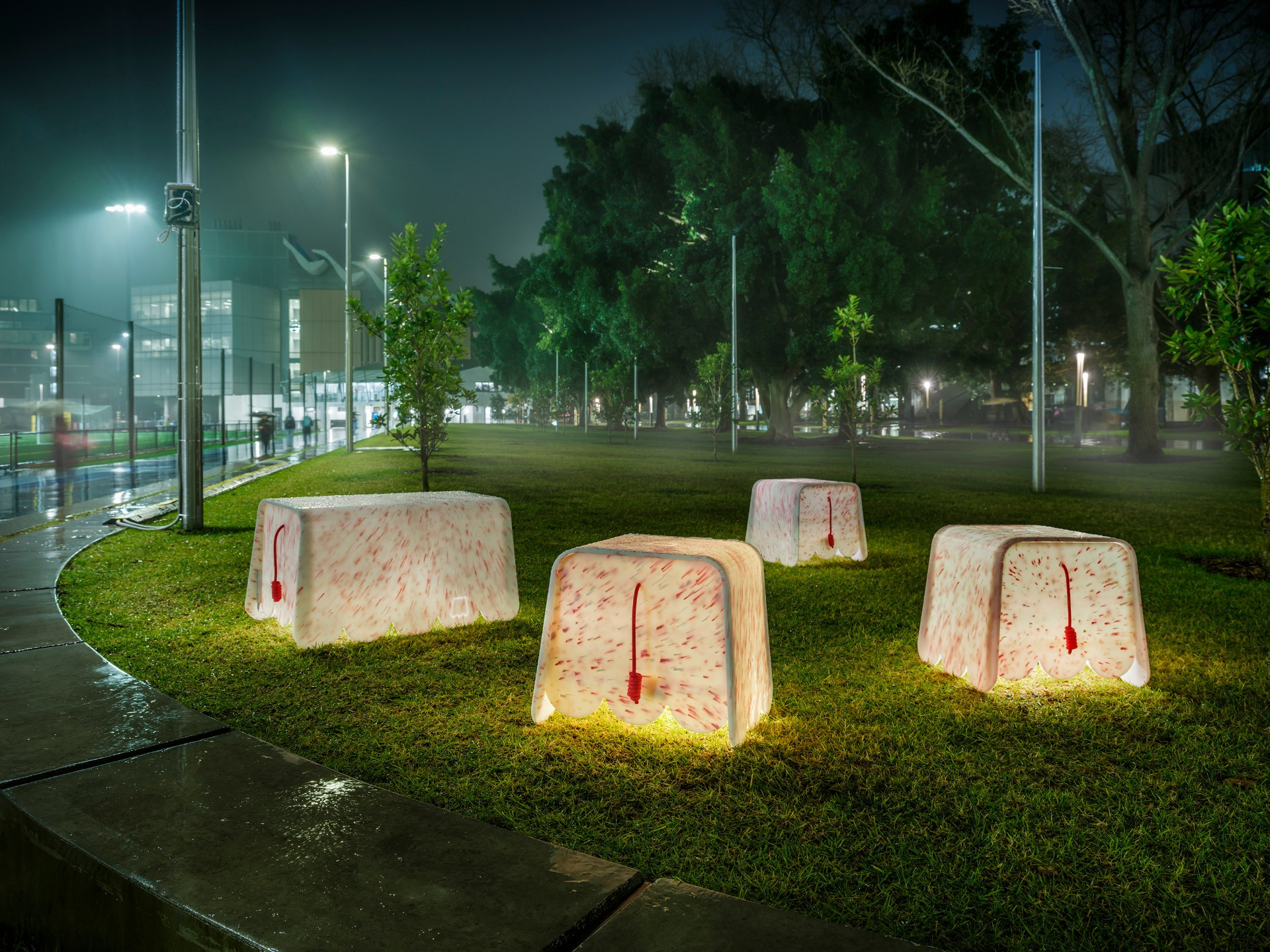
Seats aim to improve feelings of safety in public spaces - Sydney, Australia (Source: unsw.edu.au)
Economic Benefits of Placemaking
Investing in placemaking initiatives has been linked to substantial economic advantages. Attractive public spaces draw businesses, residents, and tourists, leading to increased retail sales and higher property values, which in turn boost tax revenues for cities. Additionally, placemaking encourages cultural expression and inclusiveness, jump-starting local economies by attracting small businesses and creating jobs. For instance, the transformation of King's Cross in London from a declining area into a thriving neighborhood showcases how strategic placemaking can lead to significant economic revitalization.
In summary, creative placemaking not only enriches the aesthetic and social fabric of communities but also contributes to increased public engagement, stronger personal connections to spaces, enhanced safety, and robust economic growth.
Conclusion: The Future of Placemaking
Placemaking is more than a design philosophy—it’s a movement that redefines how we shape the world around us. At its core, it’s about prioritizing people over infrastructure, fostering a deep connection between communities and their environments. When we embrace placemaking, we create cities that are not only liveable but also vibrant, inclusive, and resilient.
The future of urban development must centre on places that invite people to gather, explore, and engage. It’s about streets that encourage walking instead of traffic congestion, plazas that spark conversation instead of isolation, and green spaces that nourish both the land and the people who use them.
As more cities, architects, and communities embrace this approach, the results are clear: safer neighbourhoods, stronger social ties, and healthier urban environments. But placemaking doesn’t just rest in the hands of urban planners or developers—it belongs to all of us. Every citizen, business, and organization has the power to shape the places where we live, work, and connect.
The challenge now is to turn awareness into action. What if every project—whether a small neighbourhood park or a major city redevelopment—started with the question: How will this place serve its people? That shift in mindset could transform our urban future.
Placemaking is not just about design. It’s about fostering a world where cities are built around experiences, relationships, and the simple joy of feeling at home in a place that truly belongs to us all.












